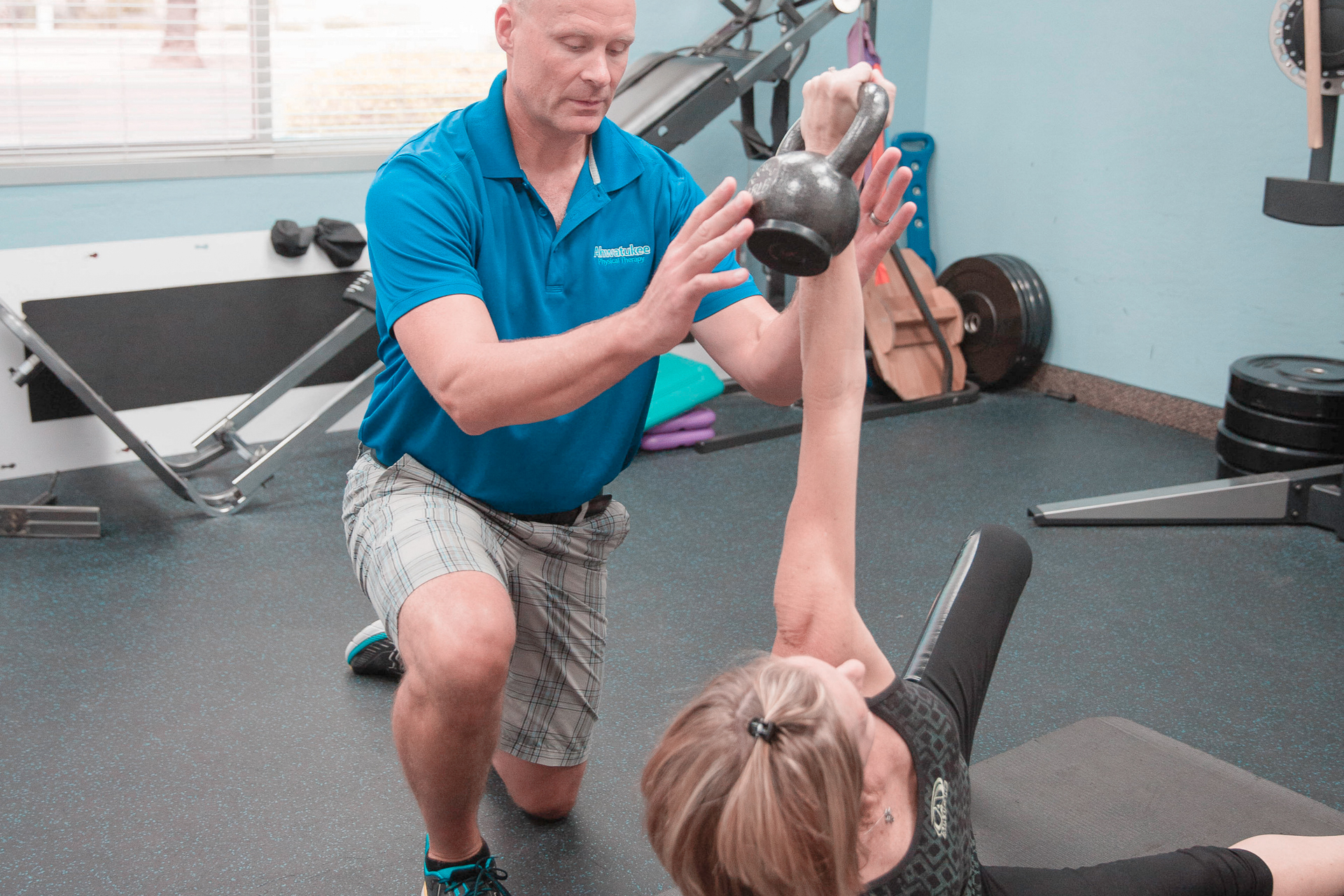Investigating the Varied Techniques of Physiotherapeutic Therapy for Enhanced Healing and Rehabilitation
Investigating the Varied Techniques of Physiotherapeutic Therapy for Enhanced Healing and Rehabilitation
Blog Article
Physical therapy is an essential field that helps people heal from traumas, operations, and various health issues. It entails a range of methods designed to improve movement, reduce discomfort, and boost overall bodily function. Physiotherapy practitioners are trained professionals who assess each client’s requirements and develop customized treatment strategies. These plans often consist of workouts, hands-on therapy, and education about physical movements. By using these varied approaches, physiotherapy can substantially improve a person’s quality of life.
One frequent method used in physical is therapeutic exercise. This involves specific actions and activities that help strengthen muscles, enhance range of motion, and increase stamina. For instance, a patient recovering from leg operation may perform workouts that concentrate on rebuilding strength in the lower limb muscles. These activities are meticulously chosen based on the patient’s status and goals. By incrementally boosting the intensity and complexity of the activities, physiotherapy therapists can assist patients regain their strength and mobility over time.
Another important technique is hands-on therapy, which includes physical methods to manipulate the human body soft tissues and articulations. This can involve flexibility exercises, joint movement, and manipulation. Manual therapy seeks to relieve discomfort, reduce inflammation, and improve blood flow. For instance, a therapist may use gentle force to ease stress in tight muscle groups or to help a joint function more freely. This technique is often integrated with other therapies to enhance recovery and promote recovery. Patients often consider manual treatment to be a relaxing and beneficial way to manage their discomfort.
In furthermore to exercises and hands-on therapy, instruction plays a crucial part in physical. Practitioners instruct patients about their issues and how to manage them efficiently. This may include advice on proper alignment, body movements, and techniques to avoid future injuries. For example, a practitioner might show a client how to lift weighty items safely to prevent injuring their spine. By empowering patients with knowledge, physiotherapy therapists assist them take an engaged role in their rehabilitation and encourage sustained health and fitness.
Finally, technological advancements is increasingly being incorporated into physiotherapy practices. Devices such as ultrasound, electrotherapy impulses, and immersive environments can enhance traditional therapy approaches. These technologies can assist reduce pain, encourage healing, and provide engaging ways for patients to engage in their rehabilitation. For instance, virtual environments can create engaging environments for clients to practice movements in a controlled plus secure environment. As technology continues to evolve, it provides exciting opportunities for improving recovery results in physiotherapy.
In summary, physical includes a variety of techniques that function together to support rehabilitation and rehabilitation. Through therapeutic activities, manual treatment, client education, and the application of technology, physiotherapy practitioners provide comprehensive treatment customized to each individual’s needs. This benefits of physical therapy holistic method not only helps clients recover their bodily abilities but also empowers them to sustain their health in the long-term future. As an increasing number of people acknowledge the benefits of physical, it remains to serve a crucial part in the journey toward improved well-being and fitness.